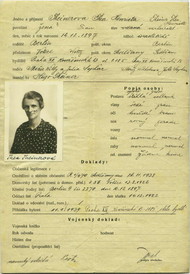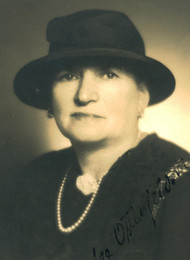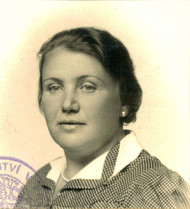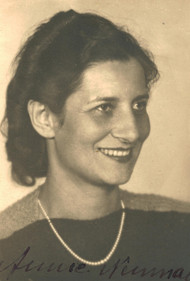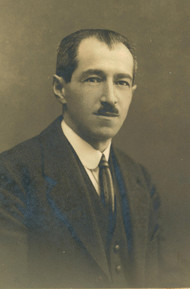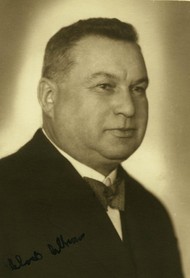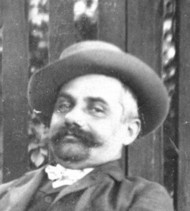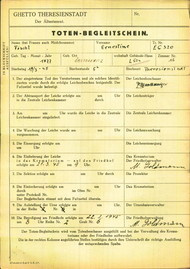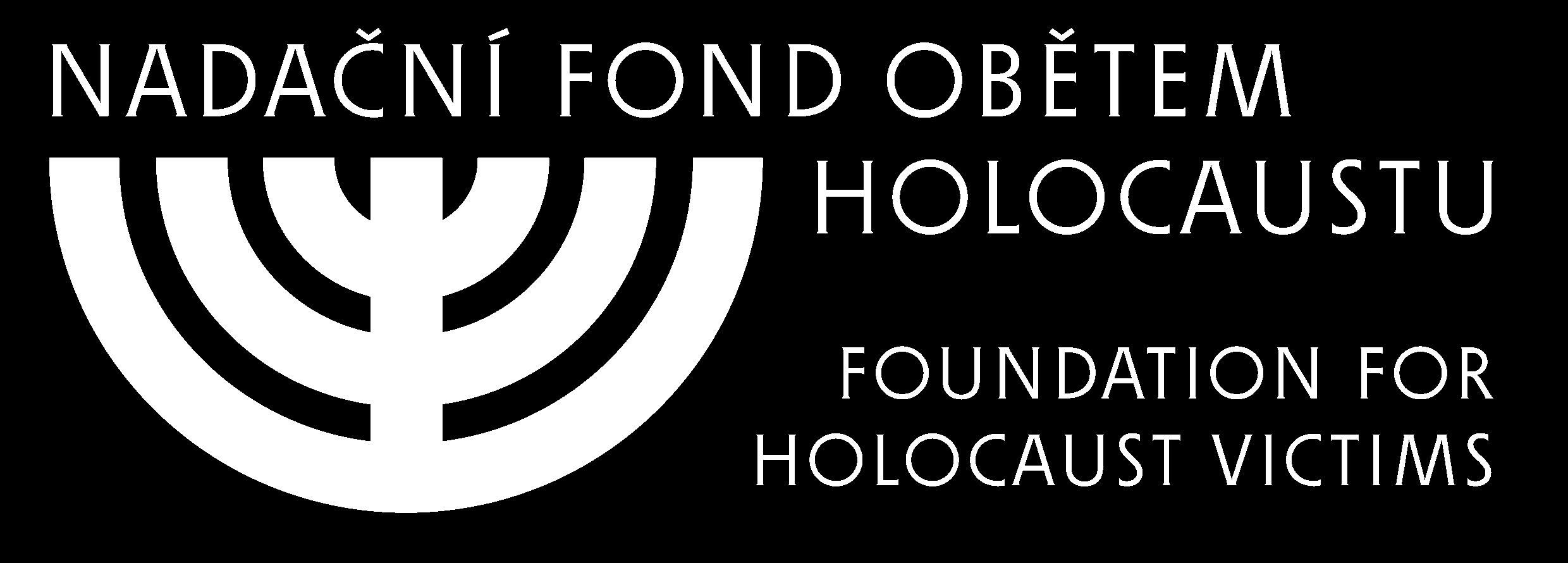From the start of the war onwards, the Nazi leadership started making plans for the deportation of Jews, the logical consequence of the social isolation and Aryanisation. These had made the Jewish population a large and impoverished mass, dependent on the support of the Jewish communities. The Jewish question
could also no longer be solved by voluntary or forced emigration, since there were over three million Jews in the countries governed by the Nazis, a number that potential target states were in no way willing to accept.
From the occupation of Poland onwards, the Nazis considered concentrating the Jews in a certain area, which would act as a single extensive ghetto. The idea most frequently considered was that of creating a Judenreservat (Jewish reservation) in the Lublin area in the east of the Generalgouvernement. This had the advantage
of already having a large population of Jews, and it was not designated for Germanisation in the future. Plans for the creation of this Judenreservat formed part of a large-scale scheme for the racial restructuring of Eastern Europe, whereby the German minorities scattered throughout Poland, the Baltics, Romania, Bessarabia and other areas were to be moved to the Polish territory that had become part of the Reich. Out of this area, on the other hand, all the Poles, Jews and Roma would be moved to the Generalgouvernement. Adolf Eichmann (link in Czech) tried to implement a plan to set up a Jewish reservation in October 1939, when he organised three transports of Jews from Vienna, Moravská Ostrava and Katovice to Nisko nad Sanem, a marshy area in the Lublin region. However, the transports to this area were soon stopped, and the plans for setting up a Judenreservat never moved beyond the experimental phase. The camp in Nisko was disbanded in April 1940, and some of the prisoners returned to Austria and the Protectorate. Other prisoners had already been driven into the direction of the Soviet border.
Another plan for the territorial solution of the Jewish question
was the deportation of Jews from the countries governed by the Nazis to Madagascar. The idea of settling Jews on this island off the east coast of Africa was something that had featured in the imaginations of European anti-Semites since the end of the 19th century. In 1937, a Polish government commission was even sent to Madagascar to investigate the possibility of resettling Polish Jews there. However, its members concluded that the island could take only a small number of settlers. The plan for the settling of Jews on Madagascar was also supported by a number of Nazi chiefs and ideologists.
In April 1940, the German army occupied Denmark and Norway, and on the 10th of May it started its invasion of Western Europe. In the span of a few days, Belgium, the Netherlands and Luxembourg were invaded. On the 22nd of June the French government capitulated and signed a ceasefire. After the invasion of Western Europe and the defeat of France, the realisation of the Madagascar Plan
seemed within reach, since Madagascar was a French colony. The German foreign ministry and the SS started to prepare for the deportation of Jews to the island. On the 25th of May 1940, Heinrich Himmler gave Hitler (link in Czech) a memorandum in which he proposed that Jews be deported to Africa. Hitler agreed. However, the plan could not be realised unless Britain was defeated, since as a result of its naval power Britain controlled sea routes to Madagascar and could prevent the deportations. With the failure of the offensive against Britain in summer 1940, the Madagascar Plan was shelved. By this time, however, the Nazis were already planning an offensive against the Soviet Union, and with it a radical solution to the Jewish question
. Although the Madagascar Plan was not implemented, it contributed to the architects of the final solution
continuing to think in terms of deporting Jews away from the territory of German and Western Europe. However, in the end the destination of the deportations was not an island in the Indian Ocean, but the extermination camps in the east.



